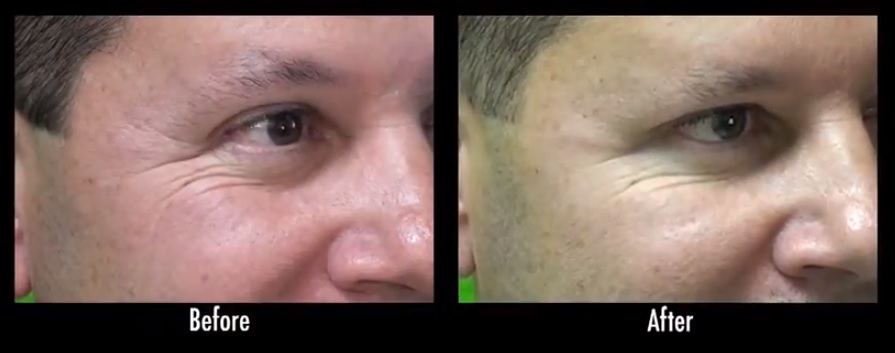Getting rid of facial expression wrinkles through neuromuscular injections is a popular form of treatment among celebrities and non-celebrities alike. The results are fast and reliable, unlike cosmetic creams, lotions, serums and facials where people simply hope for improvements.
Botox was approved by the FDA in 2002 for cosmetic use in the treatment of wrinkles. This particular application actually originated serendipitously. Dr. Alan Scott first developed the drug to help correct cross eyes. However, a reduction in crows feet wrinkles around the eyes was also noticed as a side effect.
Since’s it’s FDA clearance, the use of Botox became ubiquitous. Some people, like Kelly Ripa, Vanessa Williams and Jenny McCarthay manage to look quite natural. In fact, no one knows that they rely on the injection at all. But in others, over usage is quite obvious, especially when their faces look immobile and waxy.
But now Botox has a competitor called Dysport, which was approved by the FDA in 2009. Dysport works in the same way as Botox. The drug is injected prevent nerves from releasing a neurotransmitter called acetylcholine. Acetylcholine is a chemical signal that causes muscles to contract. When it is blocked, the muscles stay relaxed. And this is why wrinkles like crows feet, frown lines and forehead lines diminish with Botox or Dysport.
Research That Compares The Results of Botox And Dysport
Dr. Ramtin Kassir, a board certified plastic surgeon, designed and conducted a triple blind experiment to compare the performance of Botox and Dysport.
The term triple blind refers to the fact that three groups of people who are involved in the research are not aware of what is being injected. This includes:
(1) the subjects
(2) the doctors who administrate the treatment
(3) the analysts who gather and interpret the data
This level of anonymity reduces the chances that the results are skewed by any type of placebo effect.
According to Dr. Kassir’s study, Dysport surpassed Botox according to:
(1) longevity of results
(2) onset
There were 85 participants. Some of them received Dysport, Another group received Botox. And in these types of studies there is usually a control group who receives a placebo.
– 83% of the Dysport group experienced a continued decrease in the appearance of their frown lines three months after the injection. However, this only occurred in 48% of the Botox group
– 65% of the Dysport group experienced quicker onset and longer term effects for the crows feet area. And this only happened in 47% of those who received Botox.
What A Fine Touch Dermatology Patient Has To Say About Botox Versus Dysport
The level of satisfaction with Dysport compared to Botox reported by the subjects of this study was rather consistent with the feedback of this Los Angles patient. Here is a video where he tells Dr. Umar what he experienced.
He noticed much faster improvements which became apparent on the same day as his procedure. Although he was a long time Botox user, he was curious about the effects of Dysport.
For more information on how Dysport works, click here

